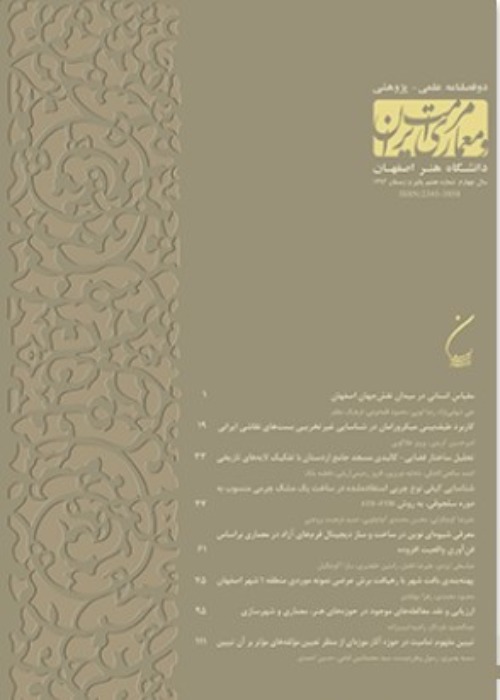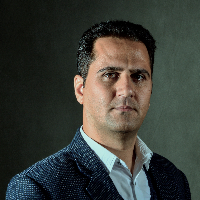An Investigation into the Characterization of Gypsum Mortar of Seyed Shams-din Monument in Yazd, Iran
Gypsum and gypsum mortar are among the most sophisticated and unique traditional building materials of Iran that over the past two thousand years, by varying the strength properties as well as the gypsum mortar retention time, gypsum plaster artists have created diverse works with different techniques as architectural arrays, sometimes by decreasing or increasing the ratio of the water to gypsum in the mortar and sometimes by kneading the mortar to a more or less extent and sometimes by adding mineral and organic material to the gypsum mortar as a supplement. The peak of the art of stucco decoration during the Islamic period in Iran is the 14th century AD. One of the Monuments from this period in Yazd, Seyyed Shams-din, has outstanding stucco decoration and unique molded plaster. The inscription on the porch of this monument is one of these gypsum arrays that extends along three sides and unfortunately, some parts of it have been lost over time. In order to conserve this precious gypsum inscription, structural and technological studies need to be carried out on it, so that in the next stage, structural damage and its erosion process can be accurately and scientifically investigated and identified. The purpose of this research is to provide technical knowledge from the gypsum plaster of the porch inscription of this monument. In this regard, the depth and surface of the gypsum inscription, molded gypsum arrays and furthermore, the fine coat under this array were sampled and with the adoption of XRD, XRF, SEM-EDS analysis, contrastive analysis between these mortars were conducted. The results of this study indicate that the depth and surface of the gypsum inscription are structurally different from each other in which some parts of these differences are related to the timing of the inscription’s execution and the other part of these differences are related to the process of mortar change and erosion. The erosion and changes in the deep sections of the inscription were greater than the changes in the surface which caused a decrease in its strength due to the penetration of moisture and soluble salts from the supporting wall to the depth of the inscription.
- حق عضویت دریافتی صرف حمایت از نشریات عضو و نگهداری، تکمیل و توسعه مگیران میشود.
- پرداخت حق اشتراک و دانلود مقالات اجازه بازنشر آن در سایر رسانههای چاپی و دیجیتال را به کاربر نمیدهد.



